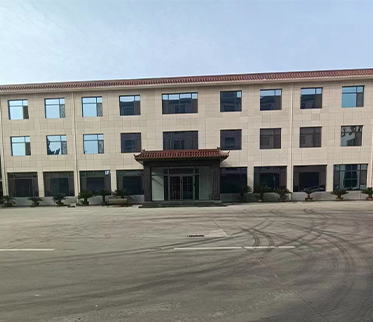7 月 . 11, 2024 01:36
Back to list
Insect protection fabric for keeping bugs away from outdoor spaces and plants.
Insect netting fabric is a versatile material that serves multiple purposes in different industries. This specialized fabric is designed to keep insects out while allowing air, sunlight, and water to pass through. It is commonly used in agriculture, horticulture, and outdoor activities to protect crops, plants, and individuals from pesky insects.
One of the primary uses of insect netting fabric is in agriculture. Farmers use this fabric to cover their crops such as vegetables, fruits, and flowers to prevent insects from damaging the plants. Insects like aphids, whiteflies, and beetles can cause significant harm to crops by feeding on the leaves and fruits. The netting fabric acts as a physical barrier, blocking the insects from reaching the plants while still allowing air and sunlight to penetrate. This helps in creating a healthy growing environment for the crops, leading to better yields and quality produce.
In horticulture, insect netting fabric is used to protect plants in greenhouses and nurseries. Greenhouse growers often face the challenge of controlling insect infestations without using harmful chemicals. By using insect netting fabric, they can create a controlled environment that keeps pests out while maintaining proper ventilation and light levels for the plants

insect netting fabric. This not only protects the plants from damage but also reduces the need for pesticides, making it a more sustainable option for plant protection. Outdoor enthusiasts also benefit from insect netting fabric in the form of camping gear and clothing. Camping tents and sleeping bags can be treated with insect netting fabric to keep mosquitoes and other bugs at bay while sleeping outdoors. Additionally, clothing made with insect netting fabric can provide added protection against insect bites, especially in areas where insects are a nuisance or carry diseases. Insect netting fabric comes in various forms such as mesh netting, fine mesh netting, and nylon netting, each designed for specific needs and applications. Mesh netting is commonly used in agriculture for larger crops, while fine mesh netting is more suitable for protecting smaller plants and seedlings. Nylon netting is often used in outdoor gear and clothing due to its durability and lightweight properties. Overall, insect netting fabric is an essential tool for protecting crops, plants, and individuals from insects in various settings. Its ability to create a barrier against pests while still allowing essential elements to pass through makes it a valuable asset in agriculture, horticulture, and outdoor activities. As the awareness of environmentally friendly practices grows, insect netting fabric will continue to be a preferred choice for insect control and protection.

insect netting fabric. This not only protects the plants from damage but also reduces the need for pesticides, making it a more sustainable option for plant protection. Outdoor enthusiasts also benefit from insect netting fabric in the form of camping gear and clothing. Camping tents and sleeping bags can be treated with insect netting fabric to keep mosquitoes and other bugs at bay while sleeping outdoors. Additionally, clothing made with insect netting fabric can provide added protection against insect bites, especially in areas where insects are a nuisance or carry diseases. Insect netting fabric comes in various forms such as mesh netting, fine mesh netting, and nylon netting, each designed for specific needs and applications. Mesh netting is commonly used in agriculture for larger crops, while fine mesh netting is more suitable for protecting smaller plants and seedlings. Nylon netting is often used in outdoor gear and clothing due to its durability and lightweight properties. Overall, insect netting fabric is an essential tool for protecting crops, plants, and individuals from insects in various settings. Its ability to create a barrier against pests while still allowing essential elements to pass through makes it a valuable asset in agriculture, horticulture, and outdoor activities. As the awareness of environmentally friendly practices grows, insect netting fabric will continue to be a preferred choice for insect control and protection.
Latest news
-
The Versatility of Stainless Steel Wire MeshNewsNov.01,2024
-
The Role and Types of Sun Shade SolutionsNewsNov.01,2024
-
Safeguard Your Space with Effective Bird Protection SolutionsNewsNov.01,2024
-
Protect Your Garden with Innovative Insect-Proof SolutionsNewsNov.01,2024
-
Innovative Solutions for Construction NeedsNewsNov.01,2024
-
Effective Bird Control Solutions for Every NeedNewsNov.01,2024












